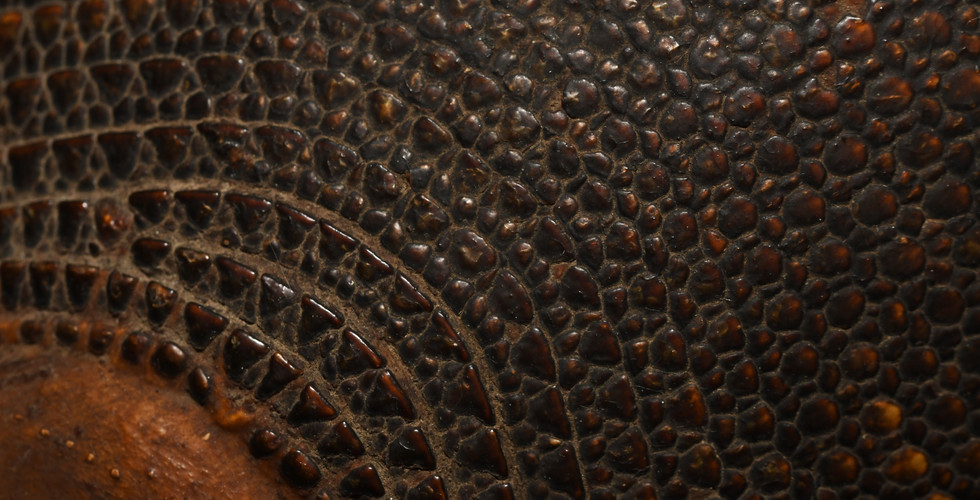有甲目 Cingulata

Cingulata,源于拉丁语 cingulāta("束腰的"),指的是这些动物的背甲由并列的板块组成,通常横向排列.
Cingulata, from Latin cingulāta (“the girded ones”), in reference to the fact that these animals have a dorsal armor formed by juxtaposed plates, usually arranged in transverse rows.
種的俗名 Common names of members
犰狳.
Armadillos.
分布 Distribution
中美洲和南美洲,向北延伸至北美洲中部.
Central and South America, ranging northwards to central North America.
體型 Size
包括尾巴在内,犰狳的平均体长约为 75 公分.有��些种类的犰狳体长在 13-15 公分之间,有些则长达 150 公分,重达 54 公斤.
The average length of an armadillo is about 75 cm, including the tail. There are species that vary between 13-15 cm in length and others up to 150 cm in length and weighing up to 54 kg.
形態描述 Morphology
牠们的背甲由并列的板块组成,一般呈横排排列,脑壳呈长圆柱形,尾巴很长,四肢短小,爪子长而锋利,用于挖掘,但移动速度相当快.
脊椎动物的脊椎关节与其他哺乳动物不同,具有额外的关节.此外,骨盆的峡部与脊柱的骶骨融合在一起.
They have a dorsal armor formed by juxtaposed plates, generally arranged in transverse rows, a long and cylindrical braincase and a long tail, short limbs and long, sharp claws for digging, but can move quite quickly.
One of the factors that helps in the characterization of Cingulata is their vertebral joints, which have extra articulations that are unlike other mammals. Also, the ischium of the pelvis is fused to the sacrum of the spine.
生態及棲息地 Ecology & Habitat
雨林、草地、稀树草原、湿地和干旱灌木丛.
Rainforests, grasslands, savannah, wetlands and xeric schrublands.
食性 Diet
牠们通常杂食,食物主要包括昆虫、幼虫和其他无脊椎动物.不过,有些种类几乎只吃蚂蚁和白蚁,其他种类也吃小型脊椎动物、植物和腐肉.
Normally omnivorous, their diet consists mainly of insects, larvae and other invertebrates. Some species, however, feed almost exclusively on ants and termites while other species can also eat small vertebrates, plant matter and carrion.
繁殖 Reproduction
雌性犰狳会挖洞,并在洞中养育幼崽.幼犰狳出生时皮肤柔软如皮革,几周后就会变硬.哺乳期結束後,牠们通常会和母亲再呆几个月,然后独居.
Female armadillos dig burrows and raise their young there. The young are born with soft leathery skin, which hardens within a few weeks. After weaning, they usually stay with their mother for another couple of months then live solitary.
已知的物種
Total species known
20
博物館收藏的物種
Species in the collection
2
在香港已知的物種
Species in Hong Kong
0
References
- Gaudin, T. J., Croft, D. A. (2015). Paleogene Xenarthra and the evolution of South American mammals. Journal of Mammalogy, Volume 96(4), 622–634. https://doi.org/10.1093/jmammal/gyv073.
- Vizcaino, S., Loughry, W. J. (2008). The biology of the Xenarthra. University Press of Florida.


































































